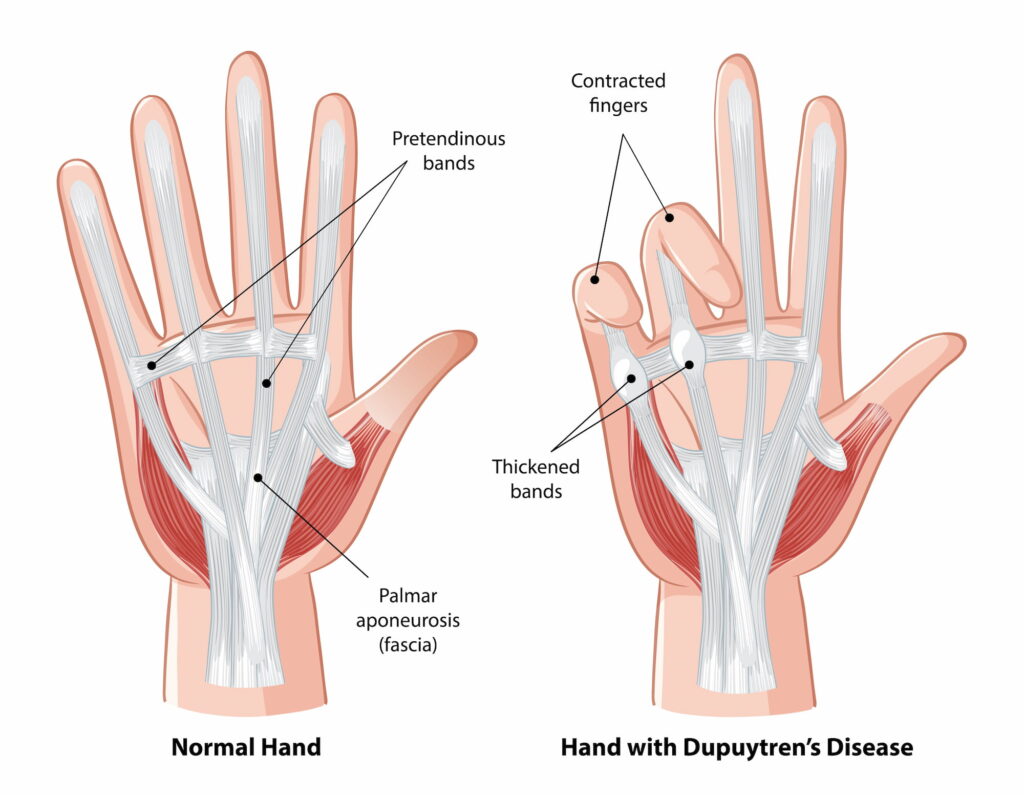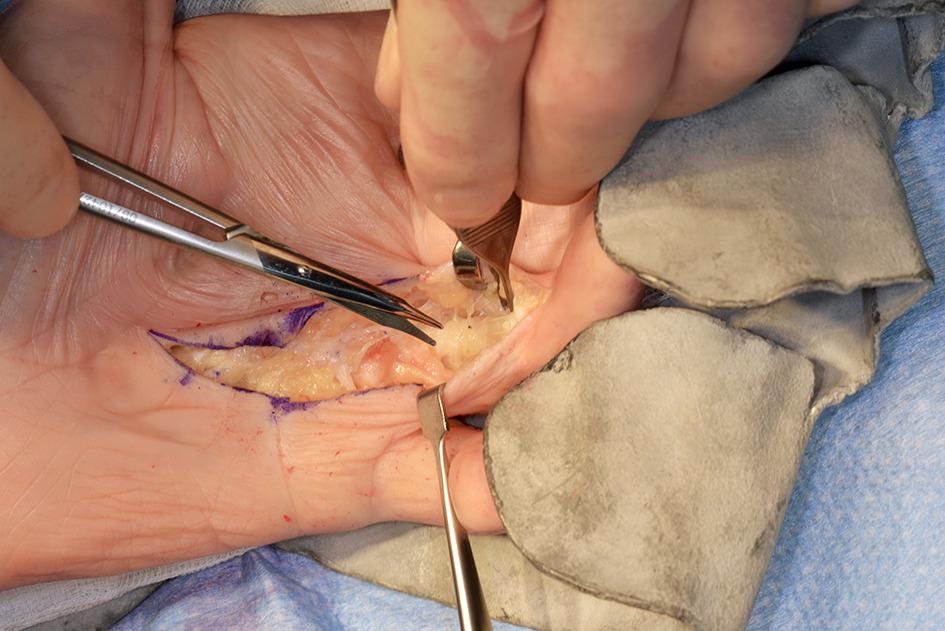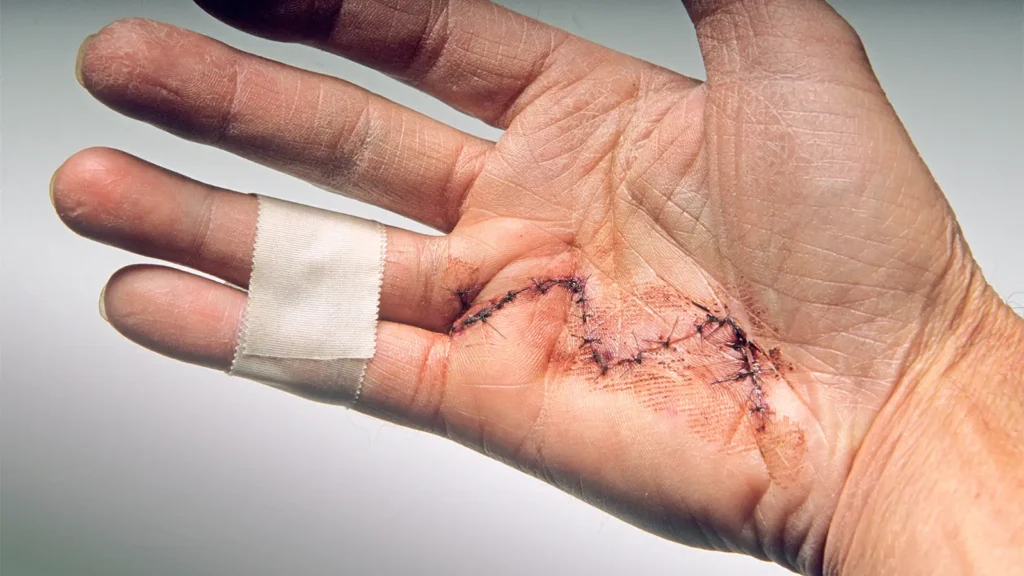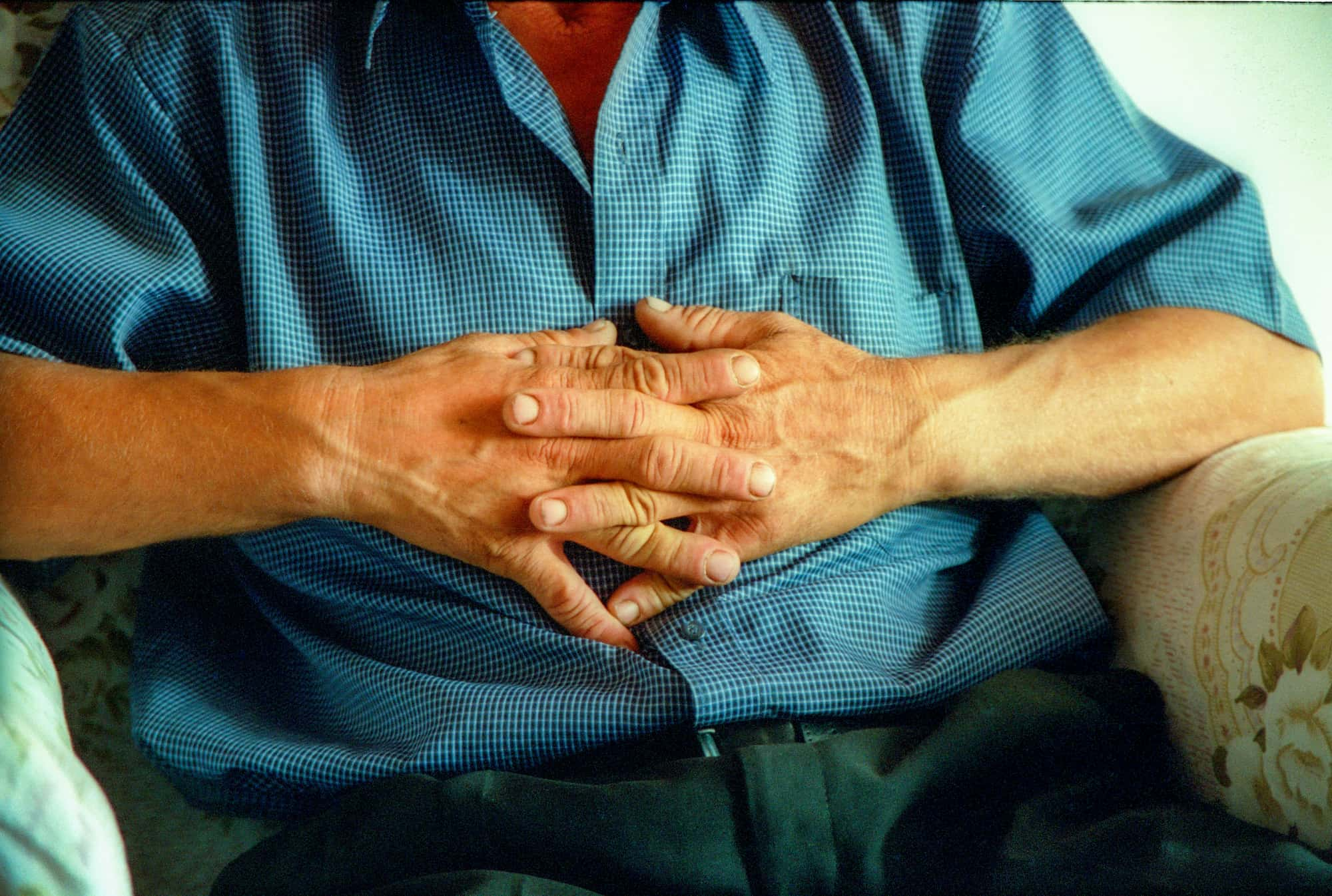Surgery for Dupuytren’s disease is a highly effective treatment for those experiencing significant functional impairments due to this progressive hand condition.
Indications for surgery
Dupuytren’s disease develops when the tissue beneath the skin of the palm thickens, forming nodules and cords that gradually contract the fingers toward the palm. The condition most commonly affects adults over 50 but can appear earlier in those with a family history or severe forms of the disease. Surgery may be suitable if you:
- Struggle with daily tasks, such as gripping or flatly placing your hand on a surface
- Have severe contractures affecting the little, ring, or other fingers that can no longer be straightened
- Experience progressive symptoms unresponsive to non-surgical treatments
Read more about the condition below.
You can also read the below decision making guide from the NHS (UK) to help you in considering your treatment options with evidence to support the different options:

What the surgery involves
Fasciectomy
- This means removing the abnormal scar tissue like nodules and cords
- Performed under general or local anaesthesia
- Zig-zag incisions in the palm and fingers to access and remove the thickened tissue
- In severe cases, skin grafting may be required


Needle Aponeurotomy (Minimally Invasive)
- A needle is used to release the cords without extensive incisions
- Suitable for less severe cases in older, lower-demand patients who have significant medical conditions or blood thinners that cannot be stopped
- Carries unique risks due to its minimally invasive nature
- This procedure has a very high rate of recurrence but may be a suitable option for short term relief
The procedure is performed while you are awake using WALANT (Wide Awake Local Anaesthesia No Tourniquet), which allows immediate assessment of finger movement during surgery and rapid recovery. Read more about this form of local anaesthetic surgery below.
What to expect after surgery
After surgery, you’ll wear a dressing to protect the wound and reduce swelling. Elevating your hand during the first few days is crucial. Hand exercises are prescribed to maximise movement, prevent stiffness, and manage scarring. Splints may be used as part of the rehabilitation. It is important that you engage with a hand therapist or physiotherapist who will supervise and guide you through your recovery.
Light activities are generally possible within 2–3 weeks, while more physically demanding tasks may take 4–6 weeks, depending on your healing progress. See the full rehabilitation protocol below:
How long will you be in hospital?
Surgery for Dupuytren’s disease is performed as a day procedure, meaning you will return home the same day.
Possible risks
Most individuals experience significant improvement in hand function, but as with any surgery, complications are possible:
- Nerve Injury: Can result in temporary or permanent numbness
- Blood Vessel Damage: Severe cases may lead to compromised blood flow even to the point of loss of the finger, though this is extremely rare
- Incomplete Release: Especially in advanced cases, full extension of the finger may not be achieved and you should ask about expected function after surgery so that your expectations are reasonable
- Scarring or Stiffness: Proper hand therapy can help minimise these issues
- Complex Regional Pain Syndrome (CRPS): A rare but serious condition that can cause prolonged pain and swelling
The decision to proceed with surgery
Take the time to evaluate your symptoms, consider all treatment options, and determine whether surgery aligns with your needs and lifestyle. A thorough discussion with Dr Lambers can help you make an informed choice that feels right for you.

